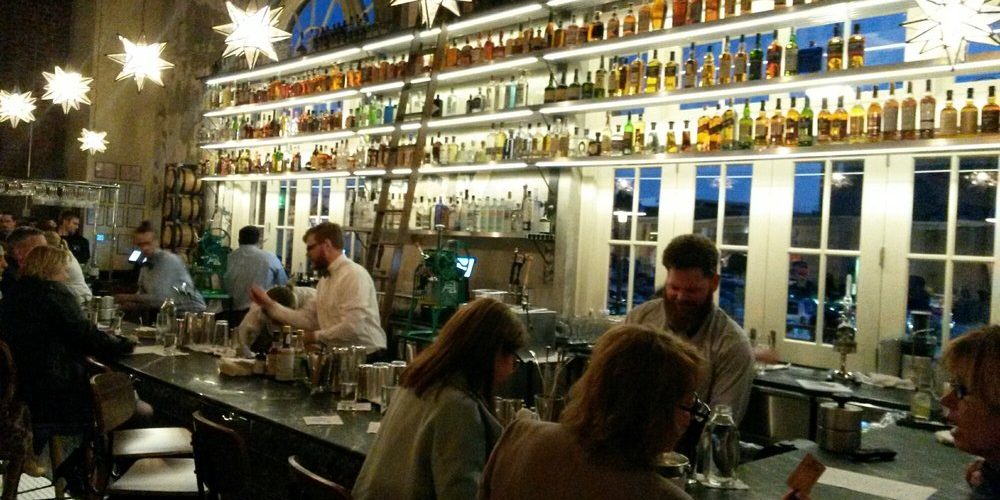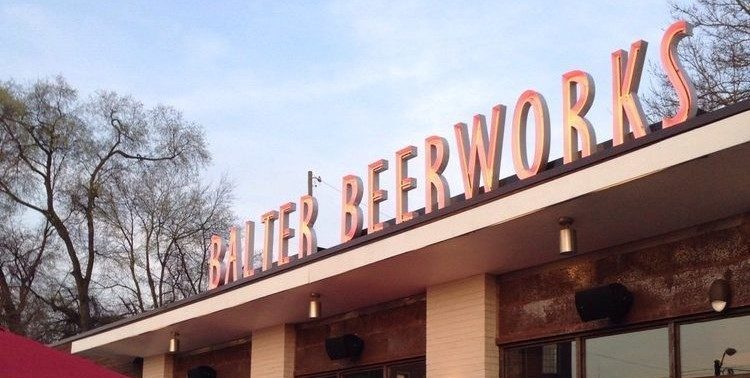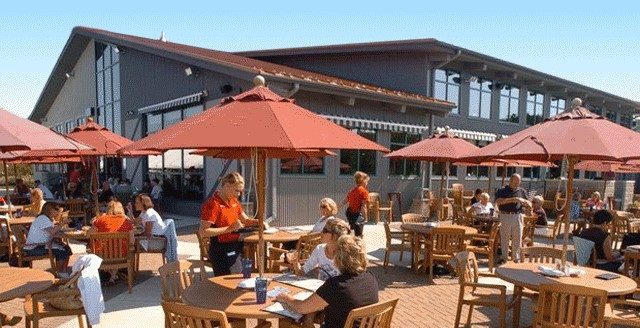OpenTable recently revealed its list of top restaurants for outdoor dining, as voted by OpenTable users. While many of them were standouts for their jaw-dropping views of oceans, deserts and mountains, the spaces represented a variety of settings from garden patios to rooftop decks. So what makes a good outdoor space, and are you missing out on visits because your al fresco is just so-so? Here are a few tips to make the most of your decks, patios and other outdoor dining areas.
1. Consider all aspects. On one hand, outdoor seats are cheap seats. You don’t have to pay for walls, air conditioning and the like. On the other hand, there’s more to it than just setting up a few tables and chairs. Expenses include costs associated with health, fire, ADA and building codes, pest control, servers’ stations, lighting, space heaters, and fans. Suppose, as a house owner, if you want to ward off pests from your garden to make the outdoor setting more comfortable, you might have to get in touch with pest control companies ga or similar companies in your vicinity. This might cost you a certain amount. A landscape budget is important as well so that the space looks planned and not as an afterthought. Even small things-like heavy tablecloths and menus that won’t blow away can add up. For example, if you were to include a space heater you may need to consider how much both the actual heater is going to cost plus the potential cost of propane gas. You might need to visit websites similar to https://www.nelsonpropane.com, to help you with possibly calculating and suppling this amenity.
“If you can only fit one row of tables, I might say ‘Don’t bother,’ says restaurant designer Tim Trapp, president of Boulder, CO-based Trapp Associates. Because much of the fun of eating outdoors is the buzz and the social interaction, “two rows of tables, staggered, is ideal,” he says. “Of course, if your setting is killer, and you only have space for a few tables, go for it.” Also consider back-of-the house impact. Do you have the dishroom, kitchen, bar and storage capacity for the extra business?
No matter where your dining area is located, a closed kitchen with storage mediums such as refrigerators is essential. Most food producers and catering establishments require commercial refrigeration to ensure the safe storage of high-quality ingredients, maximizing freshness and reducing waste. Without a way to cool and keep food cold, food quality and safety would be jeopardized, and the sophisticated cold chain we’ve come to expect would be impossible. That’s why, instead of concentrating solely on the outdoor dining area, you may want to consider investing in a dependable refrigeration system by contacting commercial refrigeration companies in your area.
2. Don’t try to compete with nature. Remember that you cannot compete with nature. No amount of planning, plotting, and designing can help you win against the marvels and beauty of nature. Instead, if you have a restaurant business, compete with your competitors–maybe the restaurant around you. Perhaps you can raise the bar by displaying your promotions, events, business info, and more with the digital signage solutions offered by the likes of Atmosphere. As a matter of fact, this could be a good idea since it gives you a better chance of beating your competitor. However, as discussed earlier you cannot beat Mother Nature. This means that if you have a great view from your patio or deck, don’t mess with it by over-decorating. A patio heater and a few furniture pieces from the likes of Belleze Furniture (or similar companies) can suffice for the entire setting, if the view outside is that good. However, on the other hand, there’s nothing to see but asphalt and cars, go ahead and pull the focus inward by installing that water or fire feature. New designs in space heaters, such as tall fire columns provide both form and function. (And, if you have a fireplace or fire strips on tables, why not menu small sausages or marshmallows that guests can “cook” themselves?) “Don’t try to bring too much of the indoors out, but keep your brand in mind when making choices outdoors,” says Trapp. “Your customer outside is the same customer inside, so make sure you’re giving them the same experience.” His mantra for indoor design extends to the outdoors as well: Comfortable, sophisticated, inviting, relaxing, timeless.
3. Put a lid on it. Even in ideal weather, it’s sometimes good to have an “emotional lid” on an outdoor dining space, says Trapp. Umbrellas are okay, but if you don’t have a roof-like structure, consider a retractable canopy or awning, a lighted trellis or strings of festoon lights overhead to create some relief from miles of uninterrupted sky. “Soft, swaggy strings of light are inexpensive and incredibly effective,” says Trapp, but choosing the right color temperature is crucial. Recent improvements in LED engineering have made have made it possible to get an energy-efficient option minus the harsh blue cast of earlier generations of LEDs. “There are great soft, amber light choices that are easy on the eyes,” Trapp says. “Warm light makes a world of difference.”
4. Think about workflow. If your outdoor space is small, could those tables be forgotten as your servers get busy indoors? Make sure you have enough staff assigned and consider if a POS or server’s station is necessary to maintain good service levels. If you’re constructing a new restaurant or remodeling, Trapp advises building direct access to the kitchen so patio servers aren’t traveling through dining rooms. Also, he suggests, plan your space so that outdoor dining is visible from the entrance. “You approach that hostess stand and you have to make a quick decision. First-time visitors might be reluctant to commit to sitting outside if they can’t see what they’re in for,” says Trapp. “Again, disregard that if the view out the back is stellar.”
5. Seating considerations. Traditional four- and two-tops? Lounge arrangements? Bar-height tables and chairs? As you would when designing indoor space, ask who your customer is. Business diners? Couples? Big groups? Outdoor space gives you some ability to loosen up, as well.
“A community table can work better outdoors than inside because it’s more relaxed,” Trapp says. “Keep community tables at bar-height, though, because it’s more approachable.” If you’re thinking of a lounge space, ask first if your menu is conducive to it. Or build items into your menu that are lounge-friendly. Think little plates and items that don’t need to be cut. Choose lounge furniture carefully and make sure it’s conducive to eating and drinking. Deep, soft chairs and sofas look inviting, but they won’t move liquor. Shallower, firmer seating ensures customers won’t have to struggle up and out of their seats to reach their wine glass. Be careful with surfaces, too. Coffee tables with legs and open space for guests’ feet-as opposed to cube-shaped pieces-make eating in a lounge area much more comfortable.
(Source: Arffinancial.com)



